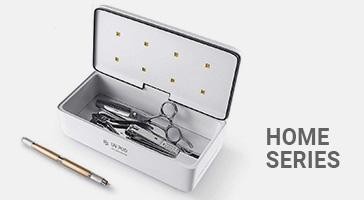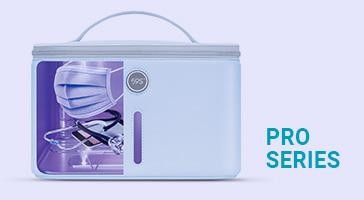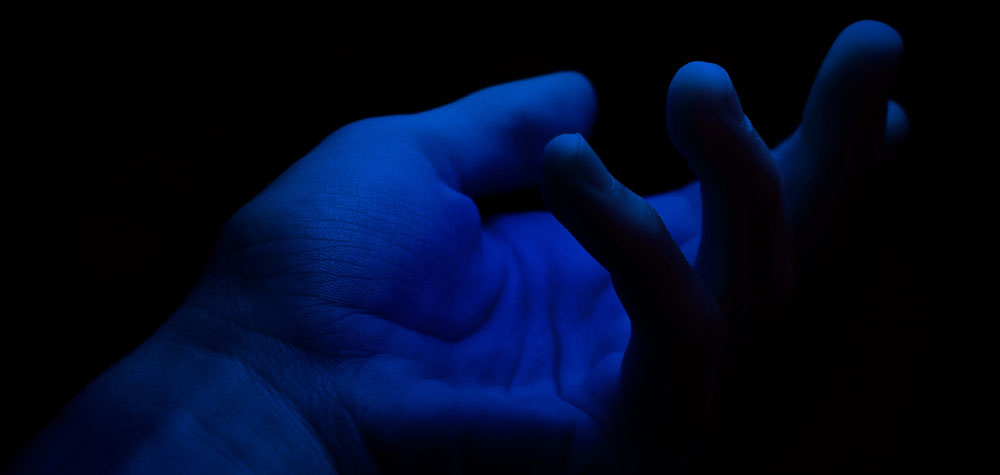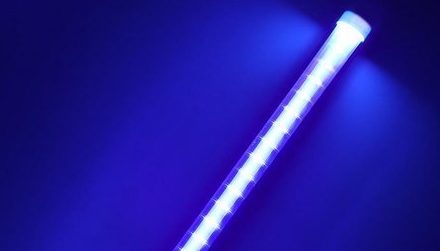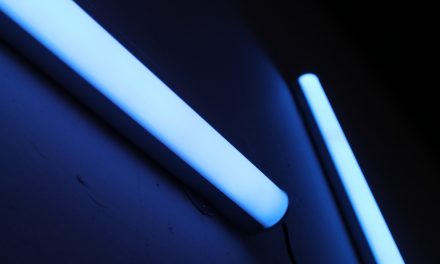Facts About Germicidal UVC Light According To Science
UVC is the primary ultraviolet light frequency known to be germicidal. Germicidal lights use UVC light to inactivate microorganisms, mold, animals, and diseases. UV light has three frequency classes: UVA, UVB, and UVC. UVC utilizes short-frequency bright radiation (shorter than UVB and UVA, which are NOT germicidal) harmful to pathogens.
What are the three types of UV rays?
There are three types of UV wavelengths that differ in size and vary in their effect on our overall health. Its effects may not show instantly, but they definitely will over time. The aftermath of over-exposure to these UV rays is often chronic and adverse.
UVA
UVA rays penetrate through the skin the deepest out of the three rays. They reach deep enough into the skin to cause wrinkling, aging, sunspots, and even loose skin. Even though they are not the primary cause, they are capable of causing changes in DNA that can eventually lead to cancer of the skin.
UVB
UVB light sits in the middle of the UV light spectrum. A small portion of sunlight contains UVB light. UVB rays are only capable of reaching past the ozone layer to the superficial layers of our skin. It is the most common cause of sunburn, redness, and skin cancer. They are capable of causing enough and direct changes to the cell’s DNA which makes them the primary cause of skin cancer.
UVC
UVC light has the most energy. It is mostly absorbed by the Earth’s ozone, so you’re not normally exposed to it on a daily basis. For this reason, they are not generally considered hazardous to humans.
However, various human-made sources of UVC light are commonly used in germicidal lamps and tanning beds. This type of artificial UVC may cause harm to humans after extended exposure.

Is UVC harmful to humans?
UVC sanitation system, just like any type of technology, can pose a danger to humans and animals alike if not used properly. All UV-equipped gadgets are not the same. Follow the instructions and the reminders each manufacturer gives, and you shall have no problem.
There are two key components that you need to learn about your UV sanitation system, time and intensity.
The higher the intensity, the less time you will need to kill microbes like bacterias and viruses. Devices with less power need more time to achieve the same level of sanitation. A more powerful UV unit may need you to speed up the disinfection process more compared to a low-power unit. This is just one of the many reasons why the medical industry has the tendency to go for a more powerful mobile unit – to save time.
Does UVC light cause cancer?
Some lamps that emit UVC radiation also emit small amounts of UVB radiation. Therefore, exposure to a high dose or prolonged low dose of UVC radiation from some lamps can potentially contribute to effects like cataracts or skin cancer that are caused by cumulative exposure to UVB radiation. Make sure that the device that you are using is equipped with far-UVC (100-200nm) technology. This type of UV light is just as effective at inactivating microbes as the traditional UVC light but is safe for humans to operate on a regular basis.
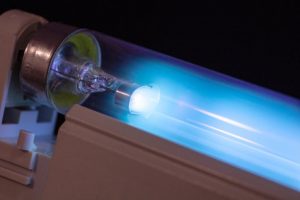
Germicidal Lamps
UV Lamps can make UV-C light, UV Lamps are suggested as Germicidal Lamps. Germicidal UV light refinement has a long history and uses for air disinfection, water treatment, and surface purging. Brilliant germicidal lights are low-weight mercury fume lights that are delivering bright light by electrical delivery.
The ampleness of UV Lamp is restricted by encompassing temperature under the typical characteristics of mercury. The best enveloping heat runs for standard low-weight UV light are between 65-85 degrees F or 18-29 degrees C. This infers if the encompassing temperature goes underneath or over this range, the reasonability of the UV light force lessens. Dependent upon the application, the UV lights are ordinarily made sure about inside a glass cylinder to avoid immense temperature changes.
Advantages of UVC Germicidal Technology
Germicidal UVC development is superior to ordinary germicidal procedures for cleaning microbes. There are numerous advantages of germicidal innovation, as expressed beneath:
Conforms to Strict Local Codes and Regulations
An essential UV Germicidal benefit is that it is non-toxic. Not like harsh chemicals that can be found in some sanitation and cleaning solutions. UV light sanitation is good for the environment because it is not a chemical process but a physical one.
UV light sanitation is safe to use on food and drinks. Although it can cause harm if not used well, proper protection makes it a non-toxic and safe sanitation method for commercial and personal use.
More Secure Technology
Another key benefit of UV light technology is the fact that it is the most used way of disinfection. It is definitely more effective than other approaches available on the market.
It kills various types of harmful microbes and life forms. Besides bacteria and viruses, did you know that UV light is also effective in destroying spores and molds? Not all sanitation methods have the ability to do this, and if they do, they leave a damp area where fungi can foster. Due to UV sanitation being a dry method, you are confident that it will not just destroy the existing problem but also prevent it from coming back.
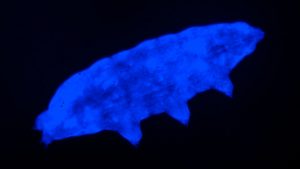
Inactivates Microbes Without Immunity
If you are aware of the problem humanity has about some bacterias resisting current antibiotics, then you probably know about conventional antimicrobial disinfectants and agents having dire consequences. The evolution of these antibiotic-resisting bacterias has become a severe problem in the health industry.
UV light sanitation is unique in the way that it inactivates microbes physically, which contradicts traditional sanitization methods. Thus, making it impossible for the pathogen in question to build an immunity to it. This is a significant factor, especially in assisted living facilities and hospitals.
It can be portable or a permanent fixture
The next perk of UV light sanitation is that it can remain in the same place, ready for use anytime. This means you can build in a unit and set it to do the work of disinfecting in intervals automatically. If you want to sanitize a room overnight or when it is unoccupied, the UV light sanitation system will get the job done without needing you to be physically present.
There are also gadgets that you can bring with you wherever you go, so you may disinfect anything that you need to while away. It serves as additional protection when you are traveling.
Cost-effective
It might come as a surprise that the UV sanitation system is actually one of the most affordable sanitation methods available on the market now. Most people expect that it’s expensive since it uses advanced technology and not chemicals, but this cannot be any more wrong.
You can consider buying a UV light sanitation system as a one-time investment. It can save you not only money but time as well in the long run. It is low maintenance since you will not have to replace the UV bulbs as often as you have to buy chemical solutions to clean with. Since you will not have to do the manual labor of wiping and cleaning, it also saves you time and energy.
Safety Efforts in Operating UV Lights
HINS works by stimulating molecules in microbes to high levels, killing the bacteria. After all, it’s harmless to individuals. UV light can be put together in lighting, keeping areas permanently sterile.
The inspectors from a University based in Glasgow see that individuals are not enjoying living in a violet-colored world, so they’ve come up with LED advancement for a more hot, more great flicker. The penetration significance of UV-C radiation is low. Consequently, had seen as sheltered and all around arranged to the human body.

